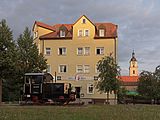
Middle Franconia is one of the three administrative regions of Franconia in Bavaria, Germany. It is located in the west of Bavaria and borders the state of Baden-Württemberg. The administrative seat is Ansbach; however, the most populous city is Nuremberg.
Erlangen-Höchstadt is a Landkreis (district) in Bavaria, Germany. It is bounded by the districts of Fürth, Neustadt (Aisch)-Bad Windsheim, Bamberg, Forchheim and Nürnberger Land, and by the cities of Nuremberg and Erlangen. The city of Erlangen is not part of the district, but nonetheless its administrative seat.
Fürth is a Landkreis (district) in Bavaria, Germany. It is bounded by the cities of Fürth and Nuremberg, and by the districts of Roth, Ansbach, Neustadt (Aisch)-Bad Windsheim and Erlangen-Höchstadt.
Kitzingen is a Landkreis (district) in Bavaria, Germany. It is bounded by the districts of Schweinfurt, Bamberg, Neustadt (Aisch)-Bad Windsheim and Würzburg.
Neustadt (Aisch)-Bad Windsheim is a Landkreis (district) in Bavaria, Germany. It is bounded by the districts of Würzburg, Kitzingen, Bamberg, Erlangen-Höchstadt, Fürth and Ansbach, and by the state of Baden-Württemberg.

The Principality or Margraviate of (Brandenburg-) Ansbach was a free imperial principality in the Holy Roman Empire centered on the Franconian city of Ansbach. The ruling Hohenzollern princes of the land were known as margraves, as their ancestors were margraves.

The Principality of Bayreuth or Margraviate of Brandenburg-Bayreuth was an immediate territory of the Holy Roman Empire, ruled by a Franconian branch of the Hohenzollern dynasty. Since Burgrave Frederick VI of Nuremberg was enfeoffed with the Margraviate of Brandenburg in 1415/17, the Hohenzollern princes transferred the margravial title to their Franconian possessions, though the principality never had been a march. Until 1604 they used Plassenburg Castle in Kulmbach as their residence, hence their territory was officially called the Principality of Kulmbach or Margraviate of Brandenburg-Kulmbach until the Empire's dissolution in 1806.
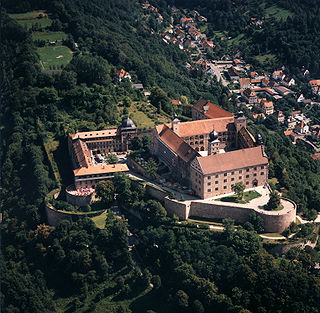
Plassenburg is a castle in the city of Kulmbach in Bavaria. It is one of the most impressive castles in Germany and a symbol of the city. It was first mentioned in 1135. The Plassenberg family were ministerial of the counts of Andechs and used as their seat the Plassenburg. The House of Guttenberg, a prominent Franconian noble family, traces its origins back to 1149 with a Gundeloh v. Blassenberg (Plassenberg). The name Guttenberg is derived from Guttenberg and was adopted by a Heinrich von Blassenberg around 1310. From 1340, the Hohenzollerns governed from Plassenburg castle their territories in Franconia till 1604. The Plassenburg was fortress and residence for the Hohenzollerns.
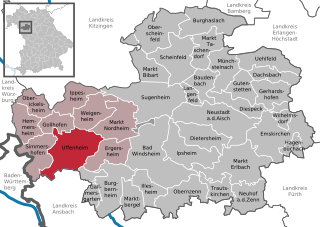
Uffenheim is a city in the Middle Franconian district of Neustadt (Aisch)-Bad Windsheim, in Bavaria, Germany. It is situated 14 km west of Bad Windsheim, and 36 km southeast of Würzburg.
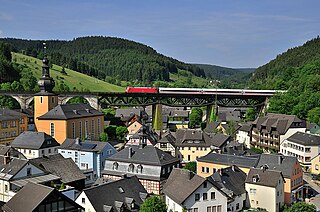
Ludwigsstadt is a town in the district of Kronach, in the Upper Franconian region of Bavaria, Germany.

Burghaslach is a municipality and a market town in the district of Neustadt (Aisch)-Bad Windsheim in Franconia in Bavaria, Germany.

Dachsbach is a market town and municipality in the district of Neustadt (Aisch)-Bad Windsheim, in the administrative region of Middle Franconia in northern Bavaria in Germany.

Gerhardshofen is a municipality in the district of Neustadt (Aisch)-Bad Windsheim in the administrative region of Middle Franconia in northern Bavaria in Germany.

Uehlfeld is a municipality in the district of Neustadt (Aisch)-Bad Windsheim in the administrative region of Middle Franconia in northern Bavaria in Germany.

Wilhelmsdorf is a village in the district of Neustadt (Aisch)-Bad Windsheim in Bavaria in Germany.
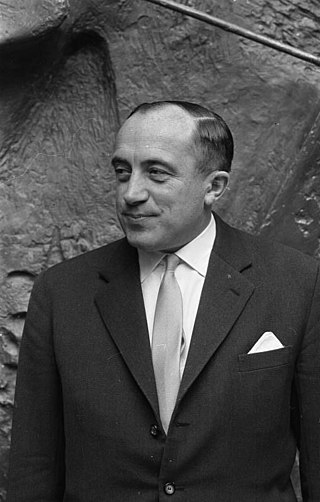
Werner Dollinger was a German politician and economist, a member of the Christian Social Union in Bavaria (CSU). He served as Federal Minister for the Treasury from 1962 to 1966, Federal Minister for Economic Cooperation in 1966, Federal Minister for Post and Telecommunications from 1966 to 1969, and as Federal Minister of Transport from 1982 to 1987.

Frederick Christian of Brandenburg-Bayreuth, was a member of the House of Hohenzollern and Margrave of Brandenburg-Bayreuth.

Anna of Saxony was a princess of Saxony by birth and Electress of Brandenburg by marriage to Albrecht III Achilles, Elector of Brandenburg.

Erlangen is an electoral constituency represented in the Bundestag. It elects one member via first-past-the-post voting. Under the current constituency numbering system, it is designated as constituency 242. It is located in northern Bavaria, comprising the city of Erlangen and the district of Erlangen-Höchstadt.

Fürth is an electoral constituency represented in the Bundestag. It elects one member via first-past-the-post voting. Under the current constituency numbering system, it is designated as constituency 243. It is located in northwestern Bavaria, comprising the city of Fürth and the districts of Landkreis Fürth and Neustadt (Aisch)-Bad Windsheim.







